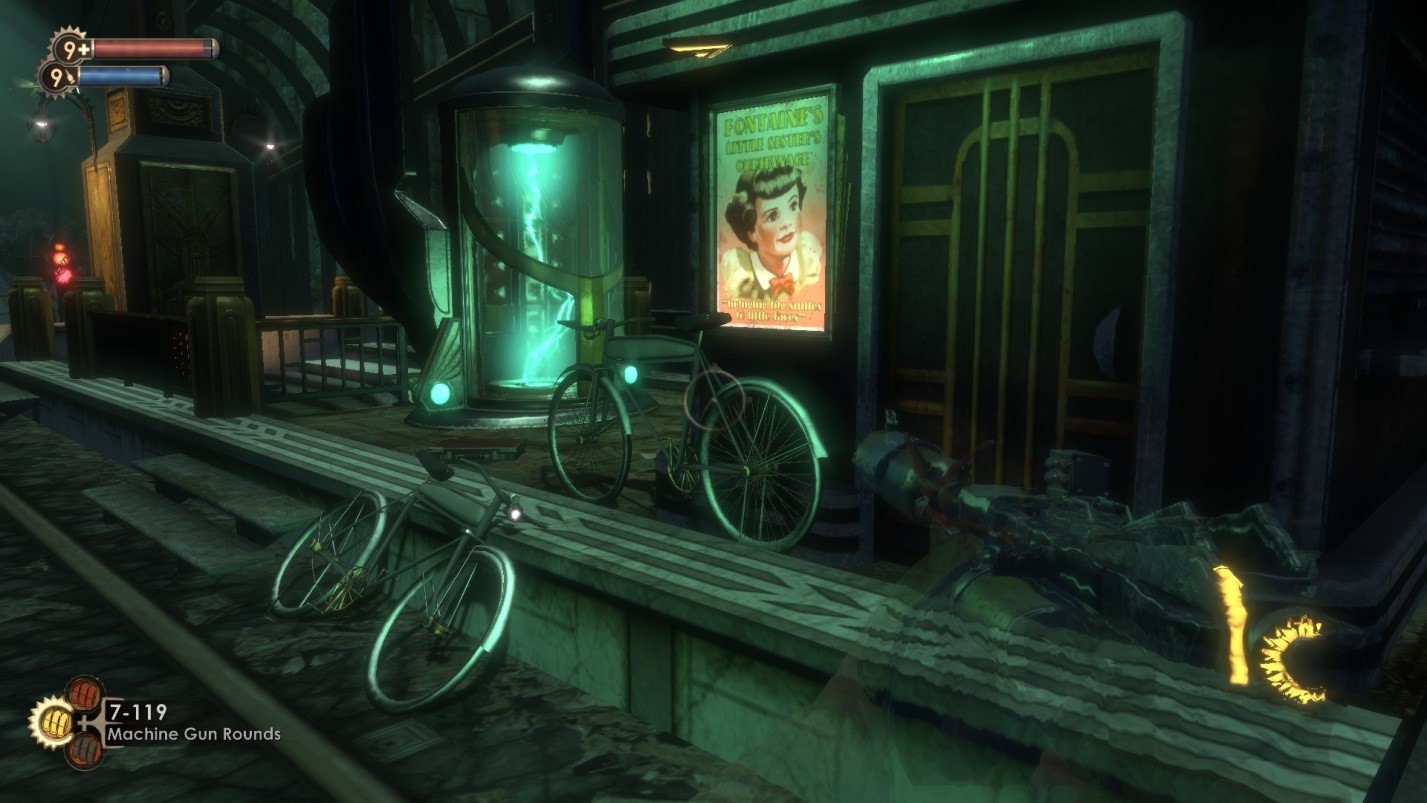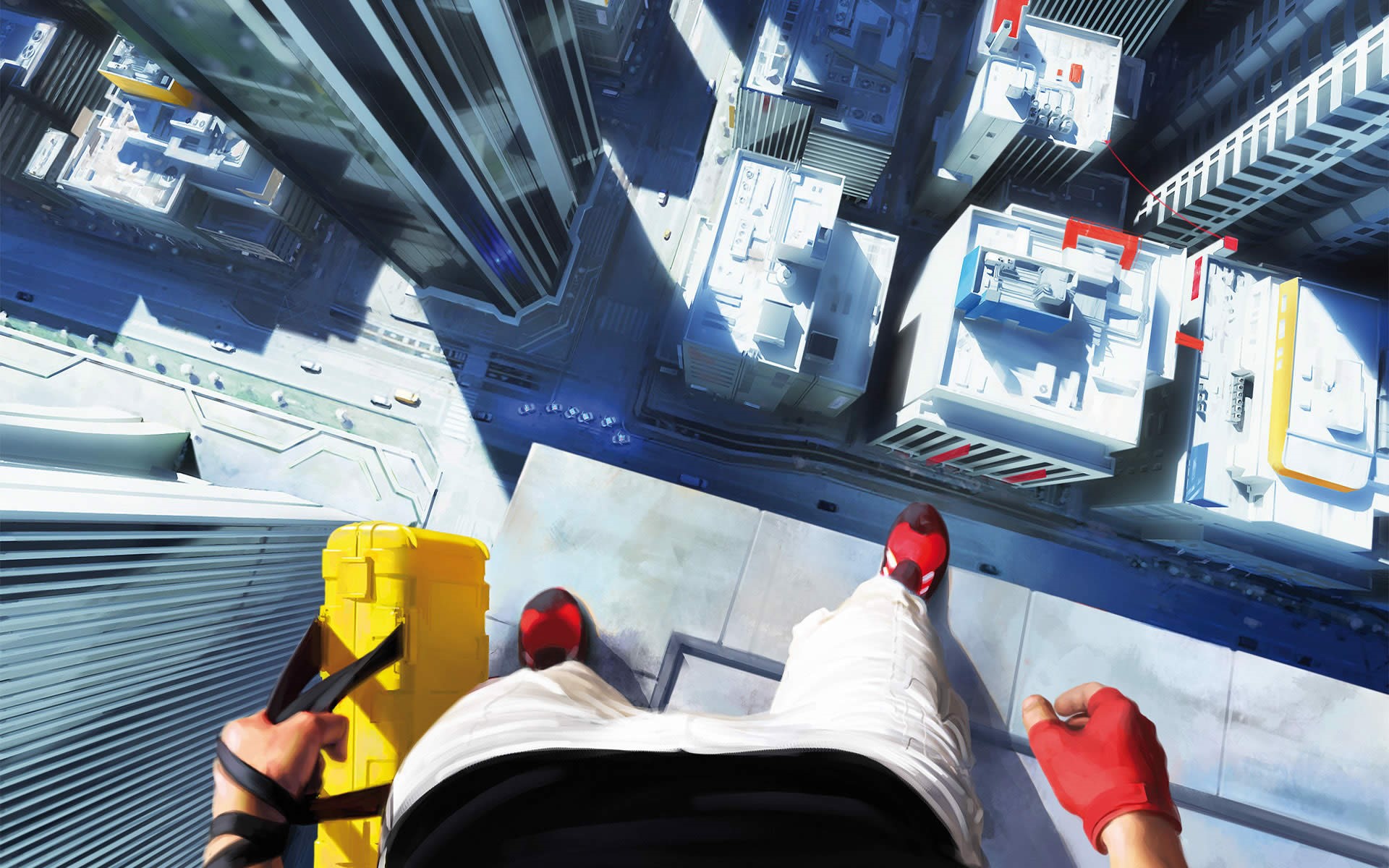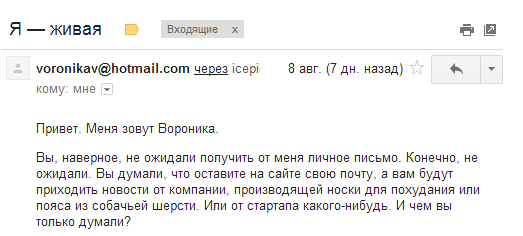How to create an interesting game setting? Level One: Text

Everyone knows that we perceive 90% of the information visually, from 5 to 9 objects can be stored in the short-term memory at the same time, and the era of Twitter has set a textual pain threshold of 140 characters. Keeping the players' attention (as well as the players themselves) is relevant even for the whales of the gaming industry, let alone small companies, in which the viability of their project depends on solving this problem.
This article will discuss how a carefully sustained setting affects the player’s attention and involvement in the gameplay.
What is the setting
')
Wikipedia defines the setting as the environment in which the game takes place. Postapocalypse, Art Deco, Steampunk, sci-fi, fantasy - literally one word can tell what to expect from the game. For example, Fallout is played in the post-apocalypse setting, Neverwinter Nights is fantasy, and Star Trek and Mass Effect are definitely sci-fi. But not everything is so simple. In some projects it is impossible to define the setting precisely, since many new elements are woven into it. Sometimes it is easy to confuse steampunk with dizelpank, despite the fact that the first belongs to the beginning of the XIX century and is built around fantastic steam engines, and the second is closer to the middle of the twentieth century and glorifies the scientific progress of the time. Developers often experiment with the setting, create new universes and surprise players with unconventional solutions.
It must be remembered that the setting is not only the place and time of action, but also a combination of many factors and attitudes that determine the physics of the fictional world, affect the behavior and character of the characters.

dieselpunk setting in Bioshock
What is a thread
The flow definition was first formulated by Mihai Cikszentmihai. This is a complete engagement in an activity that brings pleasure. The player can reach the flow, solving problems corresponding to his abilities. However, there are many factors that help maintain the flow status. The setting is one of them. The feeling of closeness of the game universe and complete merging with the character helps to achieve maximum involvement in the gameplay when a person forgets about time and surroundings.
Problem of choice
Developers rarely think about such things as plot nonlinearity, setting, or even targeted marketing.
There are several typical errors:
1) The developer thinks in advance about the setting, and then begins to adjust the mechanics for it and think about who this product may be interesting for.
2) The developer believes that the main thing is mechanics, and the setting is not important or not needed at all.
3) The developer makes the game for himself, without exploring the market and not focusing on the target audience.
In the first case there is a risk of facing the problem of inconsistency between the image and reality. For example, the Demolition Lander project that recently failed on Kickstarter, carried out in a space setting, has a huge scope in terms of the studied territories. But because of the simplified mechanics and graphics, the value of such a large-scale universe is reduced to zero.
The setting, sewn with white thread, even to the most interesting mechanics, can spoil the impression of the game. For example, the project Mirror's Edge is characterized by exciting mechanics and stunning visual performance. However, a weak script and a poorly crafted game world caused a wave of negative comments from critics: during the passage of the storyline campaign, these factors knocked out of the flow state - continuous running across the rooftops of a futuristic city.

The right time
The setting should be selected and thought out at the first stage of development. That is, at the stage of the game's idea, simultaneously with the mechanics, the platform and the method of monetization. Since all these factors in aggregate determine the main thing - the player. In order to create a successful project, one should focus not only on the tastes of the target audience, but also on marketing research. The ideal option would be to conduct a survey or test to determine what is closest to your players.
When in the distant 2011 Plarium created the first strategy, a dozen enthusiasts worked in the company. At that time, we did not have advanced analysis tools and several departments that deal only with marketing and game analytics. But we had our own gaming experience and the desire to figure out what can "shoot" for an audience who loves strategy. After studying the market, we played on the contrast: during the domination of farms and cartoon-Zing design, “The Rules of War” became the first hardcore game in the post-apocalypse setting in social networks.
Later, we began to approach the choice of the setting more thoroughly: a special team of analysts is studying the market, current trends, tastes and demands of the target audience. Based on the data obtained, we decide what game to do next and how exactly to implement the selected setting at the level of the mechanic and the individual components of the project.
9 circles of setting: text level
Despite the development of graphic technologies and the emergence of games such as Journey, which can tell a fascinating story without a single word, texts remain a powerful means of holding attention. MUD developers plunged a person into a state of flow with the help of texts alone, and a huge part of them were generated by the users themselves. Fallout and Sword & Sworcery also do not have rich graphics, but thanks to competent texts they managed to use the most powerful video card on Earth - the human imagination.
This reveals the similarity of similar projects and social games. A social network as a gaming platform imposes certain restrictions on the ability of the player to keep a beautiful picture or super dynamic gameplay. Therefore, when working on games, we try to carefully enter both artistic and technical texts in accordance with the setting - so that players immerse themselves in the atmosphere of the fantastic world right from the start.
For most Plarium strategies, a full-fledged ENT was developed, which includes mythology, religion, history, economics - it helps a lot to create a single, consistent structure of the game world throughout the development process and further game updates.
However, the work with texts does not end only on beautiful artistic descriptions. Sometimes you can find additional features. For example, for the Pirate Code Strategy, we made a separate localization in “pirated English”. It took a lot of time and effort, but the result was worth it: the number of "true pirates" is 30% more than ordinary players.
It is also very important to pay attention not only to artistic texts, but also technical ones - news texts, manuals, and interface elements. “So sure!” Instead of void “Ok”, “commander” instead of “player”, “fighting” instead of “gameplay” create a complete picture of the world and reduce the chances that the player leaves the application that was not enough “military” or “ fantasy.

The feeling of flow and continuity of the game should accompany the user wherever he goes. Social networks, forums, mailing lists and technical support should also include setting elements. It is very easy to create a profile of a game character in a social network and start a dialogue with users. A small role-playing game, taken out of the gameplay, will help users not to fall out of the setting, even outside the game.
For the “Rules of War” strategy, we created a character - General Lapidus, who welcomes and accompanies the user in the first stages of the game. Despite the post-apocalyptic setting, the general personifies the typical warrior. His speech is crammed with soldier jokes and bravado, which gives what is happening in the Nuclear Wastes a humorous tint and indicates a setting that is closer to Fallout than to Mad Max. This character communicates with players not only through personal messages in the game, but also creates and supports discussions on social networks and forums. Thus, players interact with the universe of the “Rules of War” even outside the gameplay. In general, the social component is a very strong tool for engaging in the game and contributes to the formation of a state of flow.
Mailing should also not be boring. Perhaps many of you have already received a letter from the mysterious Voronika, which intrigues the fans of the game “More. Utopia "in anticipation of the launch of the campaign on Kickstarter.

Some developers go even further. As part of an advertising campaign, separate websites are created or even small offices of fictional gaming corporations are opened. For example, in 2009, a letter from the founder of Umbrella, addressed to the US government, appeared on the Internet with a request to allocate $ 100 billion for research.
+5 to conviction
In order to fully engage the game universe, the user needs to feel the integrity of the game in terms of the setting at all levels of interaction. Texts, music, interface, graphics, video - everything must fit the atmosphere and complement it. In the next article we will explain how to maintain the setting at the level of graphics and UI design.
Source: https://habr.com/ru/post/233755/
All Articles